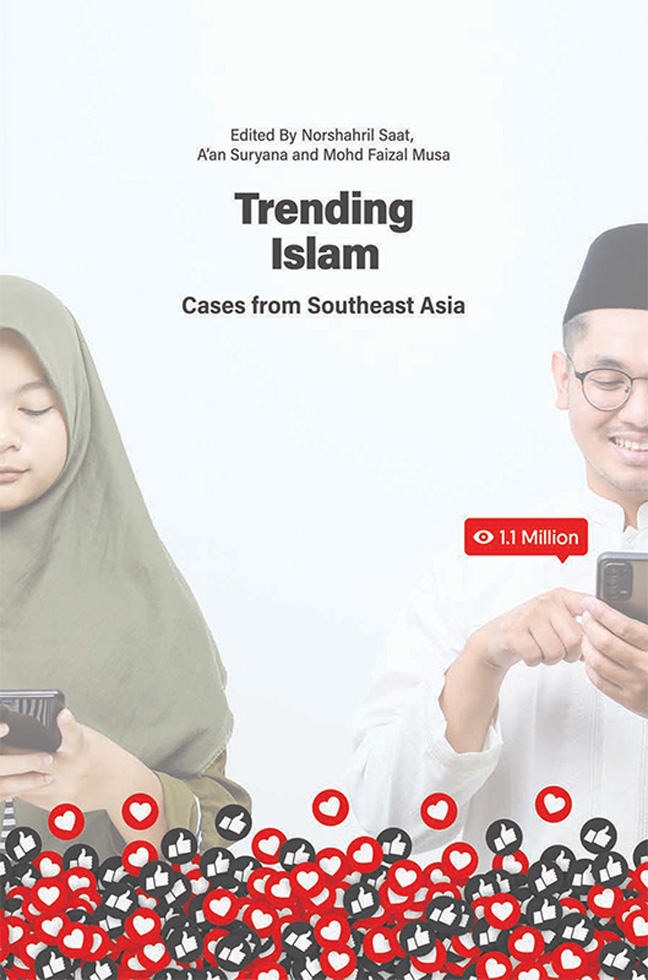5 - Digital Anti-Islamist Activism at the Forefront of Political Polarization in Indonesia
Published online by Cambridge University Press: 26 March 2024
Summary
Introduction
Following its democratic transition in 1998 which saw the lifting of the state’s grip on religious affairs, there is a broad scholarly agreement that liberal and progressive Islam in Indonesia is on a decline (Fealy 2019; van Bruinessen 2013). Taking advantage of this political opening in the post-Suharto era, Islamist actors have expanded their influence with their majoritarian agenda to normalize religious conservatism at the expense of the country’s pluralist fabric (Hefner 2021; Jones 2021) and challenge liberal Islamic intellectuals’ “power to define the terms of [religious] debate” (van Bruinessen 2013, p. 4). However, under the Joko Widodo presidency whose political platform embraces religious pluralism, the government has pushed back on Islamism, albeit accompanied by repressive measures, relying on heightened government authority (Mietzner 2018; Fealy 2020; Setijadi 2021). This development is closely associated with the broader trend of “democratic backsliding” or “illiberal turn” under the Widodo government (Power and Warburton 2020; Diprose et al. 2019). Scholars argue that the political elites today are creatively implementing “authoritarian innovations” (Curato and Fossati 2020) to assist such developments, among which increasingly prominent is the use of social media campaigns to stifle opponents and critics as well as to justify controversial government policies (Wijayanto and Berenschot 2021; Sastramidjaja and Wijayanto 2022).
Under such conditions, I argue in this chapter that proponents and sympathizers of liberal Islamic activism have found a new life by incorporating new forms of online media and adapting to the political opportunities, evolving into frontline critics in the war against religious conservatism on cyberspace. In the process, these “digital anti-Islamist activists” as I frame them which include members of the renowned but now-inactive Jaringan Islam Liberal (Liberal Islamic Network, JIL) community, have managed to amass substantial online followings as opinion leaders, spreading their views through highly polemical rhetoric by attracting mainstream media coverage and rattling the Islamist communities and grassroots. In an era characterized by political polarization and democratic regression, however, the use of polarizing rhetoric and prioritizing the defence of the Widodo government’s controversial policies have invited scrutiny from the other end of the spectrum of civil society, which emphasizes the preservation of democratic principles.
Based on digital ethnography and original data obtained through interviews, the following sections will shed light on the current wave of resistance by liberal Islamic activists against Islamism, which has unfolded in the digital realm.
- Type
- Chapter
- Information
- Trending IslamCases from Southeast Asia, pp. 87 - 108Publisher: ISEAS–Yusof Ishak InstitutePrint publication year: 2023

